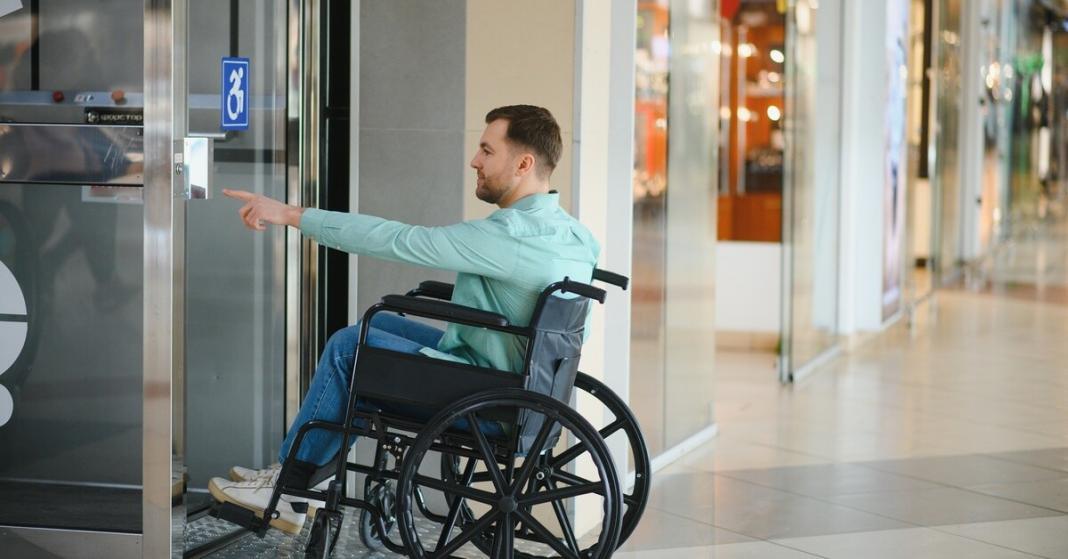Navigating public spaces can present unique challenges for wheelchair users. While society has made strides in accessibility, many environments still have obstacles that can make a simple outing feel like a complex puzzle. This guide offers practical strategies and insights to help you move through the world with greater confidence and ease. We will explore everything from trip planning and identifying accessible features to understanding your legal rights, empowering you to take control and embrace independence.
The world is full of places to explore, and using a wheelchair should not limit your adventures. With the right preparation and knowledge, you can confidently handle various situations. This post aims to provide a comprehensive resource that covers the essential aspects of navigating public areas. By understanding what to look for and how to prepare, you can make your journeys smoother and more enjoyable. Let’s get into how to navigate public spaces with a wheelchair.
Planning Your Trip
A successful outing begins long before you leave your home. Thorough planning is the most effective tool for a stress-free experience. Start by researching your destination online. Websites for venues like museums, theaters, and restaurants often have an accessibility section that details features such as ramp access, elevator locations, and restroom accommodations. If this information is not readily available online, a quick phone call can provide the clarity you need. Ask specific questions about entrance widths, the presence of steps, and the layout of the space.
Consider your transportation options as well. If you rely on public transit, check the accessibility of buses and trains. Most public transportation websites provide detailed information on accessible routes, schedules, and any service disruptions that may occur. Ride-sharing services also offer wheelchair-accessible vehicles in many cities, which you can request through their apps. Planning your route, including potential alternatives, gives you a solid framework for your trip and reduces the likelihood of unexpected hurdles.
Accessibility Features To Look For
When you arrive at your destination, knowing which accessibility features to look for can significantly improve your experience. Ramps and elevators are the most obvious, but their usability can vary. A good ramp has a gentle slope and handrails to provide stability. Elevators should be spacious enough to accommodate your wheelchair and allow you to turn around if necessary. Automatic doors are another crucial feature that adds a layer of convenience, especially when you are navigating on your own.
Accessible restrooms are a fundamental requirement. A truly accessible restroom has a wide, unobstructed entrance, grab bars around the toilet, and a sink that is low enough to reach comfortably from a seated position. Pay attention to the overall layout of the venue. Wide aisles in stores, clear pathways in parks, and designated seating areas in theaters or stadiums are all indicators of a well-designed, accessible environment. Identifying these features early on helps you move through the space efficiently.
Communication and Etiquette Tips
Clear communication can prevent many awkward or difficult situations. When you need assistance, be direct and specific about what you need. Most people are willing to help but may not know the best way to do so. For example, instead of saying “I need help,” you could say, “Could you please hold the door for me?” This clarity helps others assist you effectively. When someone is assisting a wheelchair user, they should always ask before pushing the chair, as it is part of the user’s personal space.
It is also important to advocate for yourself if you encounter a barrier. If a blocked aisle prevents you from passing, politely ask an employee to clear the way. In conversations, people may sometimes direct their questions to a companion instead of you. You can gently redirect the conversation by answering directly. Your confidence in these interactions helps educate others and fosters a more inclusive atmosphere for everyone.
Technology and Apps for Easier Navigation
Technology offers powerful tools for wheelchair users. Several smartphone apps will help you navigate the world more easily. Google Maps now includes an “accessible places” feature that provides information on wheelchair-friendly entrances and restrooms. Apps like Wheelmap and AccessNow utilize crowdsourced data to map accessible locations worldwide, enabling users to locate and share information about accessible venues in real-time.
Beyond navigation apps, other technologies can enhance your independence. Smart home devices can help you prepare for an outing by controlling lights, locks, and thermostats with the sound of your voice. Wearable technology, such as smartwatches, can provide discreet navigation cues and allow you to make calls or send messages without reaching for your phone. Leveraging these tools can streamline your daily routines and make navigating public spaces a smoother process.
Overcoming Physical Barriers
Despite careful planning, you will inevitably encounter physical barriers. Learning how to manage them is a key skill. For small curbs or single steps, carrying a portable ramp can be a game-changer. These lightweight, foldable ramps are easy to transport and can provide access to places that would otherwise be off-limits. Make sure you practice using these tools in a safe environment first to build your confidence.
Sometimes, the best strategy is to find an alternative route. If the main entrance is inaccessible, a side or back entrance with ramp access may be available. Do not hesitate to ask for directions to an accessible route. Developing problem-solving skills and a willingness to adapt are crucial. Every barrier you overcome builds your resilience and equips you with the experience to handle future challenges with greater skill.
Legal Rights and Advocacy for Accessibility
Understanding your legal rights is a powerful form of empowerment. In the United States, the Americans with Disabilities Act (ADA) mandates that public accommodations and government services be accessible to people with disabilities. This law covers a wide range of places, including restaurants, hotels, theaters, and retail stores. It requires them to remove architectural barriers when it is readily achievable to do so.
If you encounter a violation of your rights, you can take action to address it. The first step is often to speak with the management of the establishment to see if they can resolve the issue. If that does not work, you can file a complaint with the US Department of Justice. Becoming an advocate for accessibility, whether for yourself or your community, helps create lasting change and improves access for everyone.
Embrace Your Independence
Navigating public spaces in a wheelchair comes with its share of obstacles, but it also offers opportunities for independence and adventure. By planning ahead, using available technology, and understanding your rights, you can tackle the world with confidence. Every trip you take builds your skills and helps pave the way for a more inclusive future. Continue to explore, advocate, and embrace the freedom that comes with mobility.
You may also like to read,










